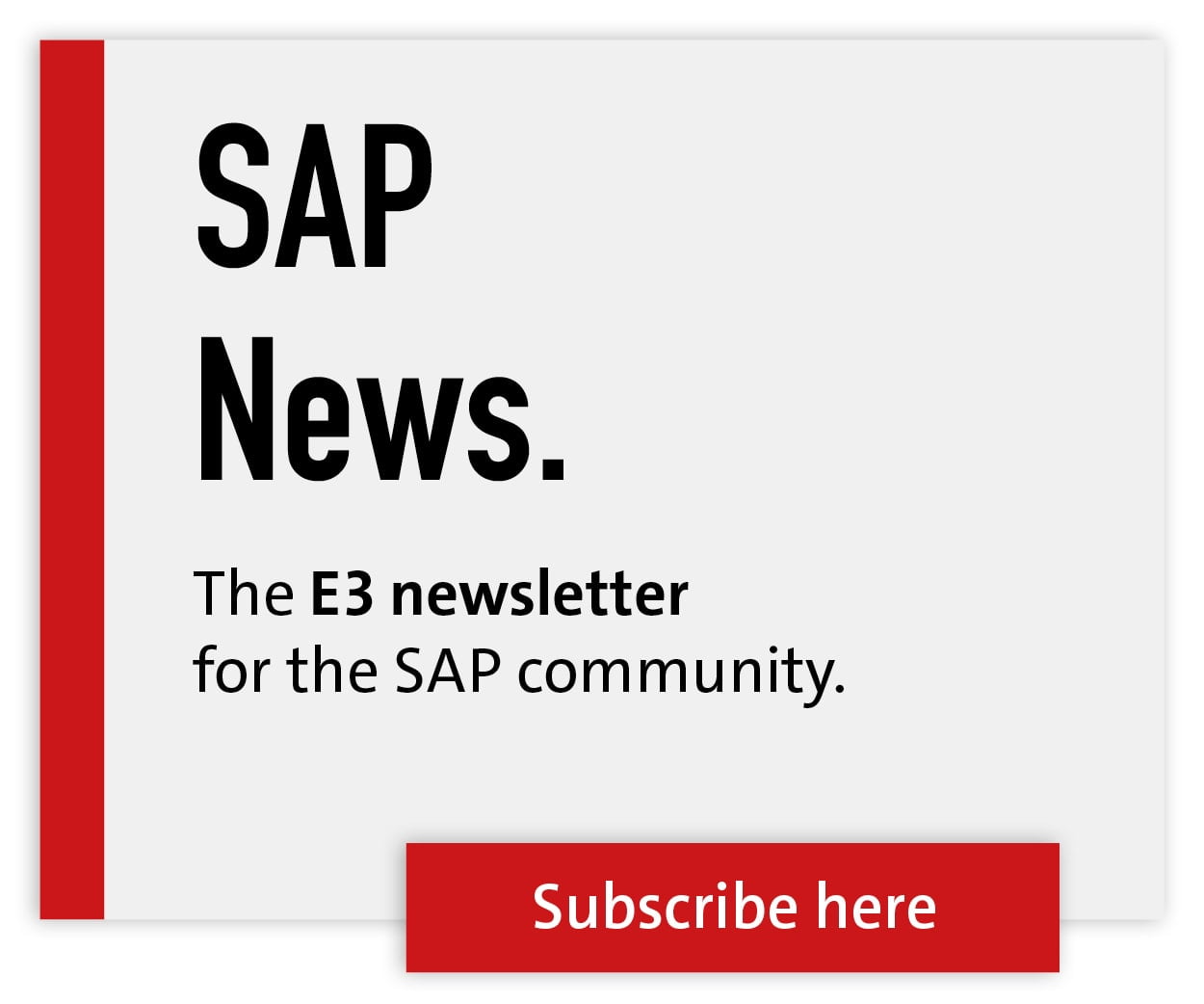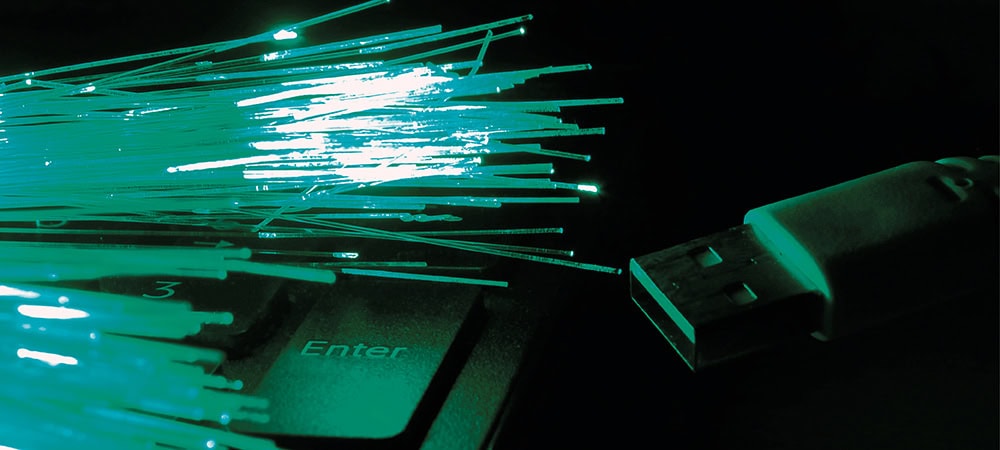

Rimini Street, a global provider of end-to-end enterprise software support, managed services, and innovation solutions, and the leading third-party support provider for Oracle, SAP, and VMware software, has announced the results of a study on the SAP roadmap. In this in-depth study and interactive survey of 455 IT and business executives, SAP customers expressed concerns about the transition to subscription-based S/4 Hana and shared strategies that executives are using to drive innovation and growth.
Issues with S/4 ROI
The data shows that nearly all SAP customers surveyed are struggling to achieve a positive ROI for S/4 Hana, and many are opting for a vendor-agnostic, composable ERP strategy to integrate best-of-breed solutions and new technologies faster, maintain flexibility, cost, and roadmap control, and achieve faster business results. The volatility of SAP policies and cost concerns are driving customer demand for alternative paths to control and agility.
SAP's efforts to transition all perpetual license holders to subscriptions are causing concern among customers. 83 percent say they do not fully understand SAP's latest migration guidelines and deadlines. 84 percent express concern about the current communications and their impact on their operations. The constant changes to deadlines, package options, transition programs, and even product renaming are increasing customer uncertainty, making strategic planning difficult, but also encouraging them to explore alternative paths for the future.
83 percent of respondents say they see clear value in composable approaches for faster access to new technologies such as AI, while 94 percent highlight the freedom to choose the solutions best suited to each business need.
Modular approaches for SAP customers
„It's gratifying to see so many SAP customers now fully embracing the idea of open, modular architecture and the use of loosely coupled third-party solutions to meet their ERP needs. This business-oriented, rather than vendor-oriented, approach has been common practice in other areas of IT for some time, as it pays off in terms of flexibility, control, and access to new innovations,“ says Dale Vile, renowned analyst at Freeform Dynamics.
Multi-vendor strategies and third-party support help SAP customers achieve above-average performance. While 77 percent of respondents say they are generally in favor of software-as-a-service (SaaS), they express reservations about SAP's approach. A total of 92 percent cite rising and unpredictable subscription costs as a significant problem for their operations. Ninety-five percent of respondents say that achieving a positive ROI for S/4 Hana requires considerable effort or is a real challenge.
Freedom through multiple providers
SAP customers are increasingly turning to a vendor-agnostic, composable ERP strategy. 78 percent expect to leverage advances from multiple vendors to drive innovation in ERP and related areas. The open, composable model offers the freedom to choose the right solutions for every business need, avoid lock-in to a particular vendor, accelerate the adoption of new technologies such as AI, and strengthen competitive advantages, while retaining the flexibility to switch vendors when better options arise. Notably, companies that combine open, composable architectures with third-party support achieve above-average performance in 83 percent of cases, compared to only 27 percent for traditional approaches.
„As SAP clients face costly forced migration decisions and the loss of valuable perpetual licenses, we are seeing a significant shift toward composable ERP strategies that deliver faster innovation and real business value,“ said David Rowe, chief product and marketing officer at Rimini Street. „Rimini Street clients leverage our third-party support and optimization solutions to effectively extend the life and value of proven existing SAP versions, free up critical resources to accelerate the adoption of new technologies such as AI, maintain control over their roadmaps, and achieve above-market performance in 83 percent of cases, compared to only 27 percent with traditional approaches.“





